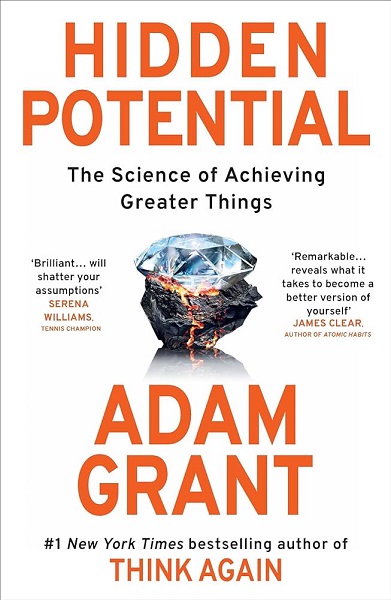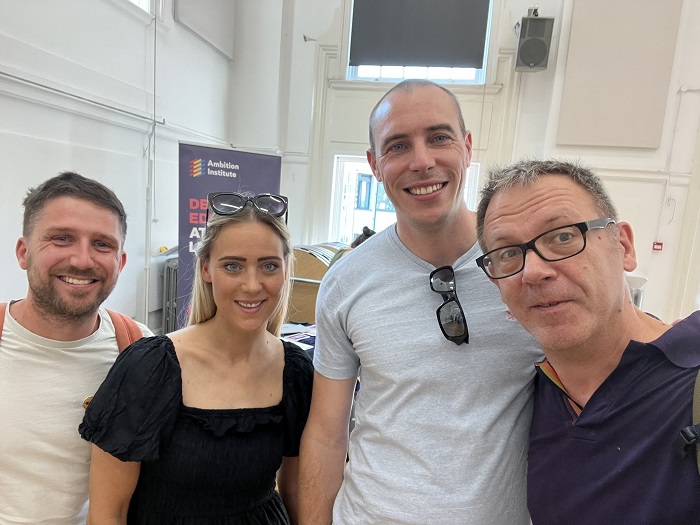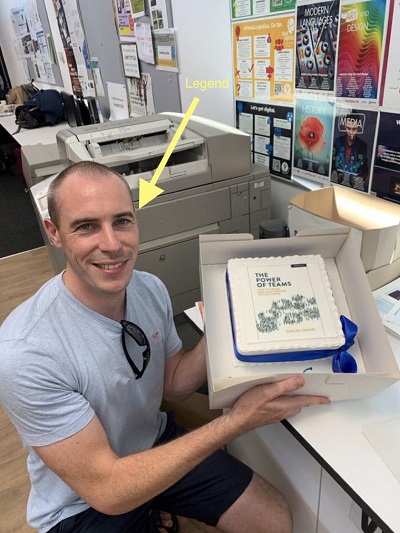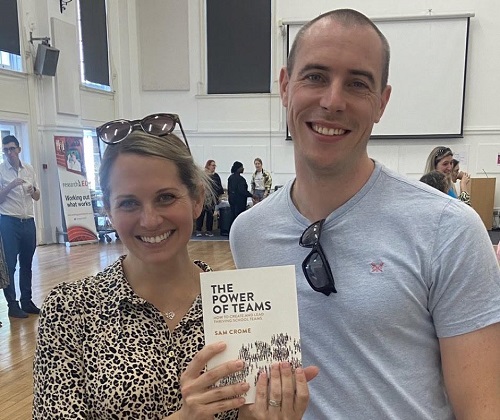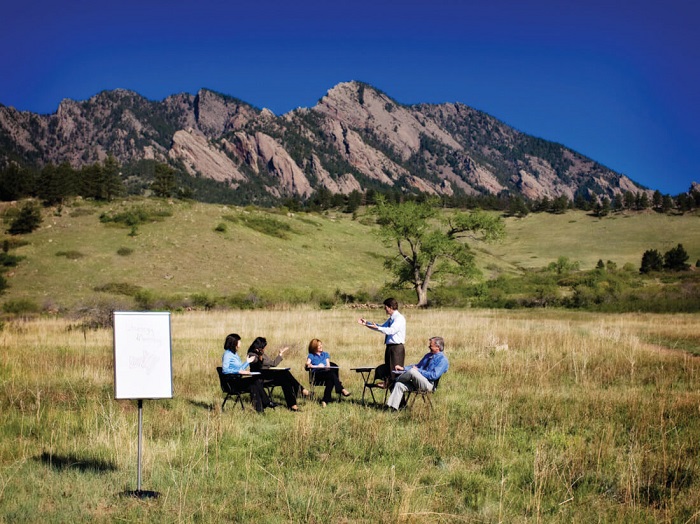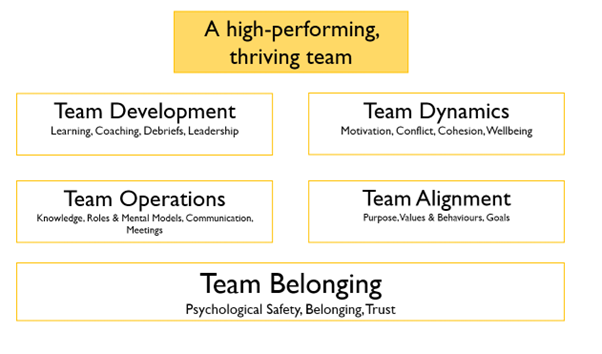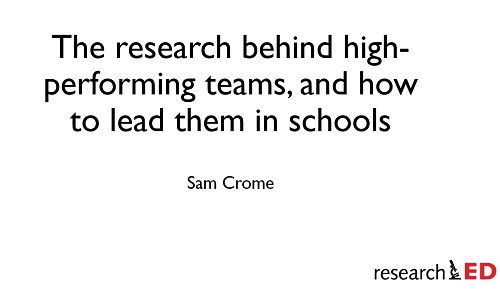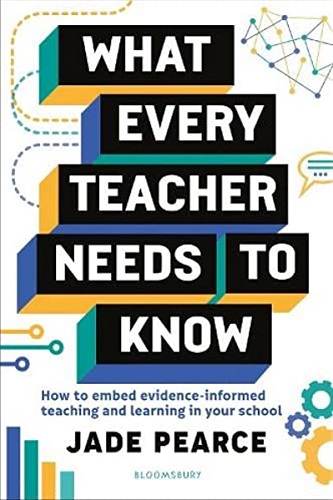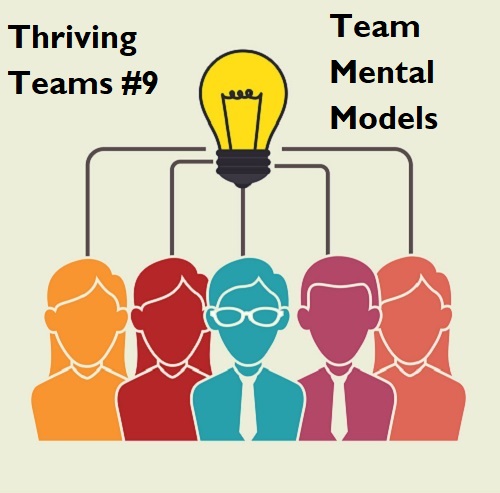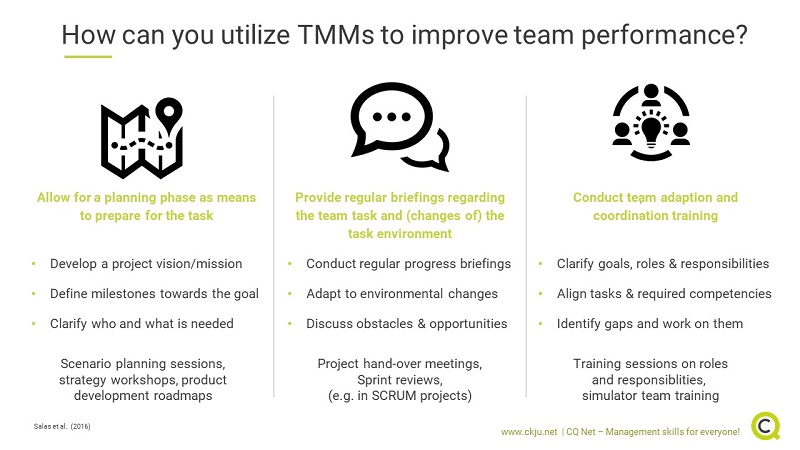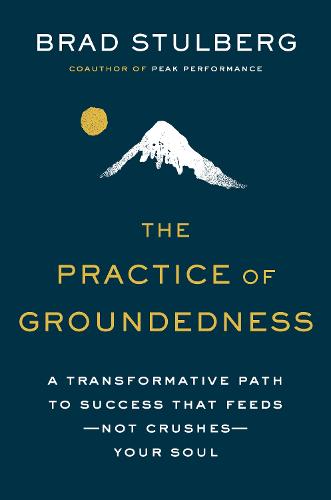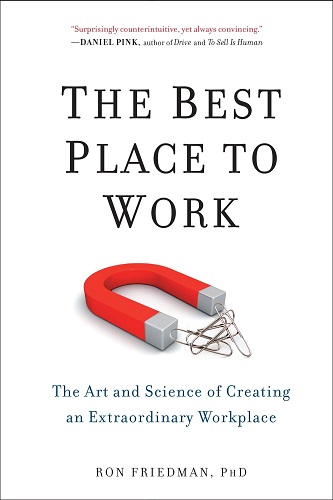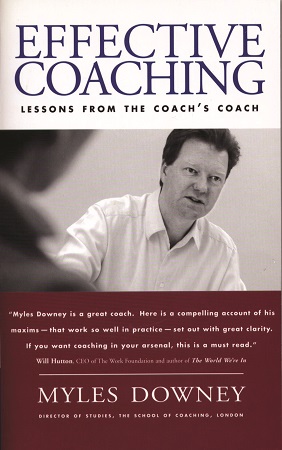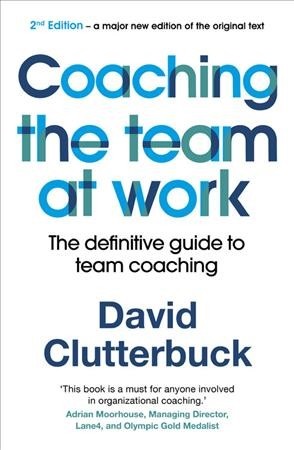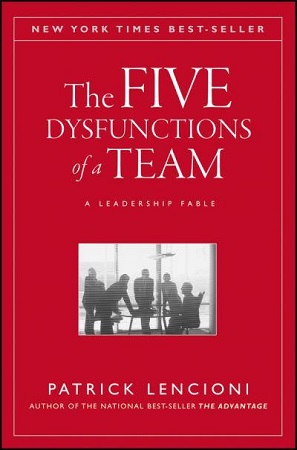I love Adam Grant’s work. An organisational psychologist by trade, Grant explores motivation, teams, and potential, among many other things. In his book Think Again (blog here), he discusses how we tend to retreat to a bunker with our views and defend them till the end. He explores how we should think more objectively, seek a range of views, and proactively try to disprove our own assumptions.
Grant’s work mixes research, anecdotes, and beautiful prose, which makes it accessible for any reader, while providing further research to explore if you want a bit more. I was delighted when Hidden Potential reached the top of my reading list for all these reasons.
The opening gambit:
When considering mastery, learning, and high performance, we need to look beyond both ‘talent’ and the 10,000 hours of practice rule and understand that ‘what any person in the world can learn, almost all persons can learn, if provided with appropriate conditions of learning’.
‘In a world obsessed with innate talent, we assume the people with the most promise are the ones who stand out right away. But high achievers vary dramatically in their initial aptitudes. If we judge people only by what they can do on day one, their potential remains hidden.’
The book has so many takeaways that are applicable to leaders, teachers, or anyone looking to improve their outlook or performance with a skill or hobby. I’ve tried to cover the key things that I found useful, both summarising them and using Grant’s own words.
Cognitive ability vs character
Evidence shows that although novices learn chess (in this particular study) faster if they’re smarter, intelligence becomes nearly irrelevant in predicting the performance of advanced players. In chess, the early advantages of cognitive skills dissipate over time. On average, it takes over 20,000 hours of practice to become a chess master, and over 30,000 to reach grandmaster. To keep improving, you need proactivity, discipline, and determination to study old games and new strategies. This principle could be replicated across many other sectors or processes: our starting point does not need to dictate our future progress.
One study decided to explore whether training in cognitive processes and skills, or character skills, would have more of an impact on performance. They took entrepreneurs, and divided them in two: half did cognitive skills training, for example the nuts and bolts of running a business (HR, finance training, etc.), while the other half did character training, e.g. discipline, determination, etc and putting those qualities into action. The character training entrepreneurs saw their profits grow by 30% in the next two years, nearly triple the cognitive skills group.
Grant argues that these have been called ‘soft skills’, in a derogatory sense, for too long. The initial term came from the military, where army psychologists tasked with training troops, divided it into ‘hard skills’, which involved with working with physically hard things like ammunition or tanks, and then soft skills, which were job-related skills that didn’t involved interaction with machines. By this definition, even finance is a soft skill. A few years later, the psychologists recommended discontinuing these terms, as it made character skills, or soft skills, sound inferior or weak, whereas in fact they turned out to be the greatest source of strength.
In other words, a big chunk of Hidden Potential is dedicated to research and anecdotes about the power of character. Resources, knowledge, and skills are important, of course, but the evidence suggests that attitude and character can be honed and turn into your performance super power.
Making mistakes (deliberately!)
Grant spends a lot of time discussing how we are often averse to discomfort when we are learning or working on something. Making mistakes or experiencing a setback can make us feel vulnerable and less likely to practice or a try again.
But learning happens when you put yourself in a position where you can practice and make mistakes in a low-stakes fashion. Studies and anecdotes mentioned in Hidden Potential look at language learning in particular, noting that people often try to acquire a body of knowledge in a field, before they feel confident enough to start applying it. But you can code from day one, speak from day one, coach from day one. Your comfort grows as you practice, not just when you learn knowledge.
So rather than waiting till you know 1000 words on Duo Lingo, start speaking Spanish immediately in all sorts of contexts – make mistakes, learn from them, and ditch your inhibitions. Think about something you are mastering at the moment – how could you embrace this principle?
Human sponges
The best learners are like sponges, curiously hoovering up information, ideas, observations. But social scientists look beyond curiosity, noting that ‘absorptive capacity’ is the key trait: the ability to recognise, value, assimilate, and apply new information. It hinges on two key habits: 1) how you acquire information (do you react to new info, or proactively seek it out) and 2) do you link this new information to the goals you are pursuing, and apply the information to help you move towards those.
Being a sponge, then, is about consistently taking the initiative to expand and adapt yourself, even when circumstances go against you. Another key element is determining which information to absorb and which to filter out. Sometimes we become comfortable, perhaps complacent with our work or something we are learning, but let’s think about how we can be sponge like and relentlessly pursue more information to apply to our practice.
Advice vs feedback
Instead of seeking feedback, Grant recommends asking for advice. He says feedback often tends to focus on how you did last time, but advice shifts the focus to next time. In experiments, this shift provided more specific suggestions and more constructive input.
Getting unstuck
The big difference between people who learn, grow, and perform well, and those who do not, often comes down to how they respond to adversity.
A rut is not a sign that you’ve tanked; a plateau does not mean you’ve peaked. When we’re stuck, it’s time to reevaluate the path and thinking objectively about what we can do next. Progress rarely happens in a straight line; it typically unfolds in loops.
As Grant says: ‘skills don’t grow at a steady pace. Improving them is like driving up a mountain – as we climb, the road gets steeper, and our gains get smaller. For us, sometimes performance stagnates before it improves again. This has been evidenced in many areas, from Tetris players to golf, to memorising facts. Sometimes when we reach a dead end, we have to back down the mountain a little and find a different path back up.’
Cognitive Scientists Wayne Gray and John Lindstedt discuss how scrapping an initial plan and trying out a new one is tricky because of the decline in performance. ‘Performance suffers as new methods are being invented, tested, rejected, or accepted. We ascend after the ‘implementation of a successful new method, to surpass prior levels of achievement’.
Sometimes we find it hard to accept that the perfect map doesn’t exist.
Group learning
There is a beautiful anecdote that features throughout the book, about the ‘Golden 13’ (see more here) in 1944, the first black officers in the US Navy, who had to train in a segregated area, and stayed up late together studying as a group to pass their exams. When learning and revising, they each decided to specialise in an area of training, and then teach the others, taking it in turns. They all wanted to succeed, so they worked together. This group banded together in difficult circumstances to support each other, teach each other, have high expectations of each other, and be accountable to one another to pass their tests.
Grant says that considerable research shows that studying with knowledgeable colleagues is good for growth. From the intelligence agencies, to medical schools, studies show that groups who teach and learn together outperform others. He cites 16 meta-analyses which show that students who were randomly assigned to tutor their peers ended up achieving higher scores in the material they were ‘teaching’. Researchers concluded that when tutoring others, they not only got to know the material better, but developed more positive attitudes towards the subject matter.
None of this is surprising to us as teachers. We remember things better after recalling them, we create layered understanding when we think of ways to explain things and how we might explore misconceptions. But in other areas of our lives, it helps to embrace the discomfort of trying to teach or explain things before even we have reached mastery. Interestingly, even being told you’re going to teach something is enough to boost your learning.
High expectations = high effort and performance
Grant cites research showing that high expectations lead to higher performance. When we are underestimated, it can limit our effort and growth, known as the golem effect. When people tell us we can do a great job, we tend to rise to it. But studies have also shown that we evaluate the person who holds the expectations of us to determine how credible they are. For example, if we perceive someone to be ignorant and they underestimate us, we will likely work hard to prove them wrong, whereas if we perceive them to be competent, we may take their low expectations seriously, and it can become a self-fulfilling prophecy.
Teams and collective intelligence:
‘Unlocking the potential in groups requires leadership practices, team processes, and systems that harness the capabilities and contributions of all members. The best teams aren’t the ones with the best thinkers, they unearth and use the best thinking from everyone’.
Collective Intelligence is a group’s capacity for a group to solve problems together. It’s easy to assume that the IQ, or knowledge, of the group, might be key to success. But in a meta-analysis of 22 studies, researchers found that collective intelligence depends less on people’s cognitive skills, and more on their prosocial skills. The best teams had team players, those who figured out what the group needed, and enlisted everyone’s contribution.
Being pro social, or a team player, doesn’t mean that people are chatty, warm, and like ice breakers. They glue the team together through recognising that they need one another to succeed in their task, and through this, they establish a common identity and then stick together to achieve their goals. Pro social team members, who involve others, help create teams who invest in this common cause.
Favourite quote:
‘Personality is not your destiny – it’s your tendency. Character skills enable you to transcend that tendency to be true to your principles. It’s not about the traits you have, it’s what you decide to do with them.’
Favourite moment:
One study showed that people who had side hustles, or even serious hobbies, that they did in their evenings, performed better the next day in their regular jobs. The motivation benefits outweighed any distraction costs, and their confidence increased at work.
I’ve often wrestled with my conscience about how my work aligns with the research, reading, writing, and the projects I’ve undertaken on high-performing teams. I’ve always felt that the extra hours I put in on these things not only contributes to my learning and competence back at my day job, but also helps me to feel fulfilled and motivated.
Leaders should encourage and support those in their teams when it comes to putting their energy into projects or other things that help them to thrive.
Thanks for reading! Go buy it here
